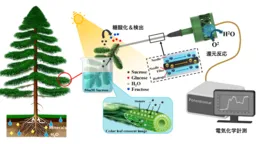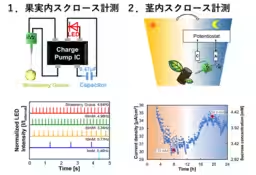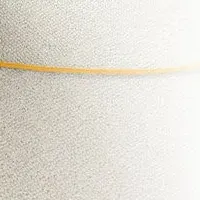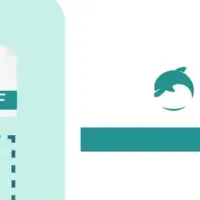

Real-Time Monitoring of Sugar Transport in Plants Using Innovative Multi-Enzyme Sensor Technology
Introduction to the Research
In an impressive breakthrough, a research team led by Professor Takeo Miyake from Waseda University has developed an innovative multi-enzyme biosensor that allows for the real-time monitoring of sugar transport within plants. This new sensor, designed to be inserted directly into plant stems and fruits, enables researchers to observe sucrose dynamics continuously for 24 hours. Such monitoring is essential for understanding vital processes such as photosynthesis, growth, and response to environmental changes.
Background of the Study
Plants are integral to human life, and understanding their health status and growth mechanisms is critical for achieving sustainable agriculture and addressing climate change. Sucrose, the principal form of energy transport in plants, serves as an essential indicator of their physiological state. Although enzyme-based biosensors have been widely used in diagnosing illnesses in humans and animals, technology to detect sucrose in plants has lagged. Various technical challenges include the need for sensors that can maintain stable performance while being minimally invasive and capable of detecting low concentrations of sugar.
Development of the Multi-Enzyme Biosensor
The newly developed sensor is needle-shaped and features a multi-enzyme electrode, which includes glucose oxidase, invertase, and mutarotase. The unique structure employs a carbon fiber base where these enzymes are arranged in layers to continuously trigger responses necessary for sucrose detection. The team optimized the arrangement of the enzymes, significantly improving the sensitivity and response speed of the biosensor compared to traditional methods. The sensor can respond within 90 seconds to 2 minutes, with a detection limit of 100 µM.
Key Features of the Sensor
1. Rapid Response: Capable of detecting changes in sucrose concentration swiftly.
2. Robust Performance: Maintains functionality across a wide temperature range, from 10 to 40 degrees Celsius.
3. Energy Management: Incorporates innovative designs to effectively utilize ambient oxygen for enhanced current output, achieving a remarkable maximum output of 49 µW in a 50 mM sucrose solution.
Applications and Observations
The needle biosensor was implemented to monitor sucrose concentration in strawberry guava over a 24-hour cycle. Results showed a decrease in sucrose levels during the day, coinciding with photosynthesis, and a rise at night, reflecting energy distribution within the plant. This real-time monitoring provides critical insights into the energy allocation process essential for plant growth.
Visualizing Sugar Uptake in Plants
In another experiment, the team used the sensor to visualize the absorption of sucrose by the leaves of Japanese cedar (Cryptomeria japonica). Focusing on the phenomenon of water uptake under light conditions, the researchers demonstrated that light enhances the influx of water through stomata, significantly impacting sucrose absorption. This study marks the first instance of real-time observation of how light influences sucrose uptake in plants.
Future Prospects
The advent of this plant-insertable biosensor is poised to advance our understanding of long-distance sugar transportation in plants. Potential applications include improved nutrient management in agriculture and enhanced reaction models for predicting plant growth under varying environmental conditions. The research team also aims to miniaturize and enhance sensor flexibility for broader application across various plant species and parts, such as roots, leaves, and seeds.
Conclusion
This pioneering research contributes significantly to plant physiology and agricultural technology, presenting a new avenue for the real-time study of nutrient dynamics within plants. The publication of these findings in the journal Biosensors and Bioelectronics, set for June 2025, promises to add valuable insights and techniques to the field of agricultural science.
For Further Reading
To access the full research paper, follow this link to the journal.




Topics Consumer Technology)










【About Using Articles】
You can freely use the title and article content by linking to the page where the article is posted.
※ Images cannot be used.
【About Links】
Links are free to use.